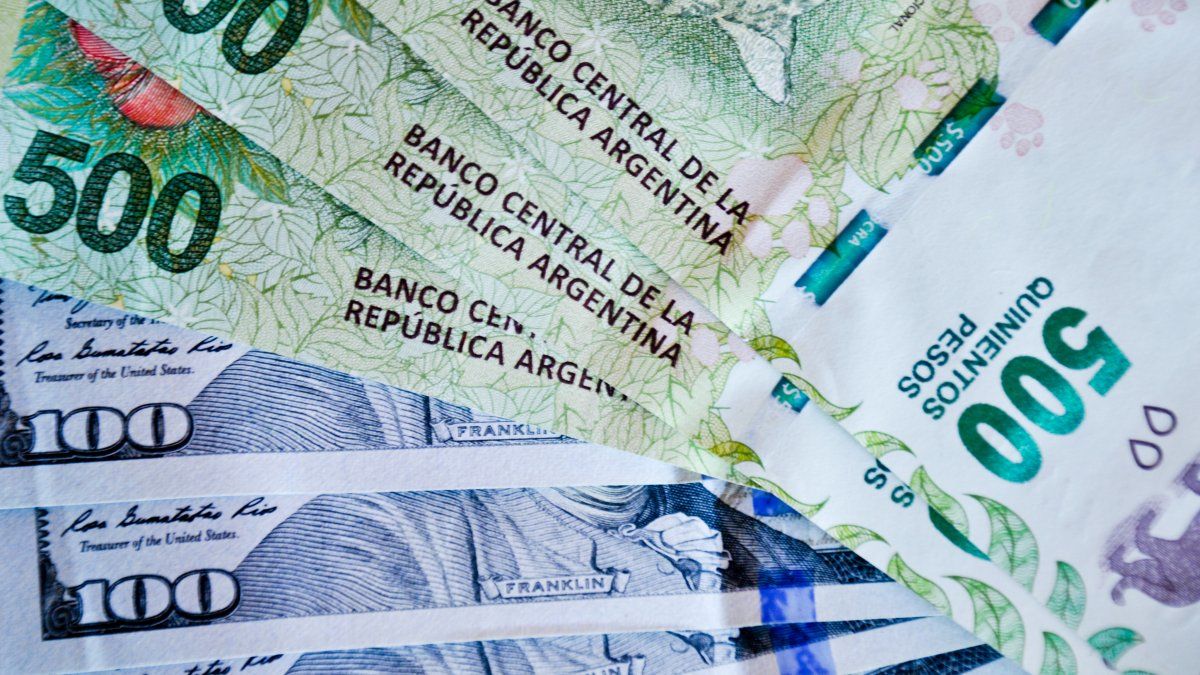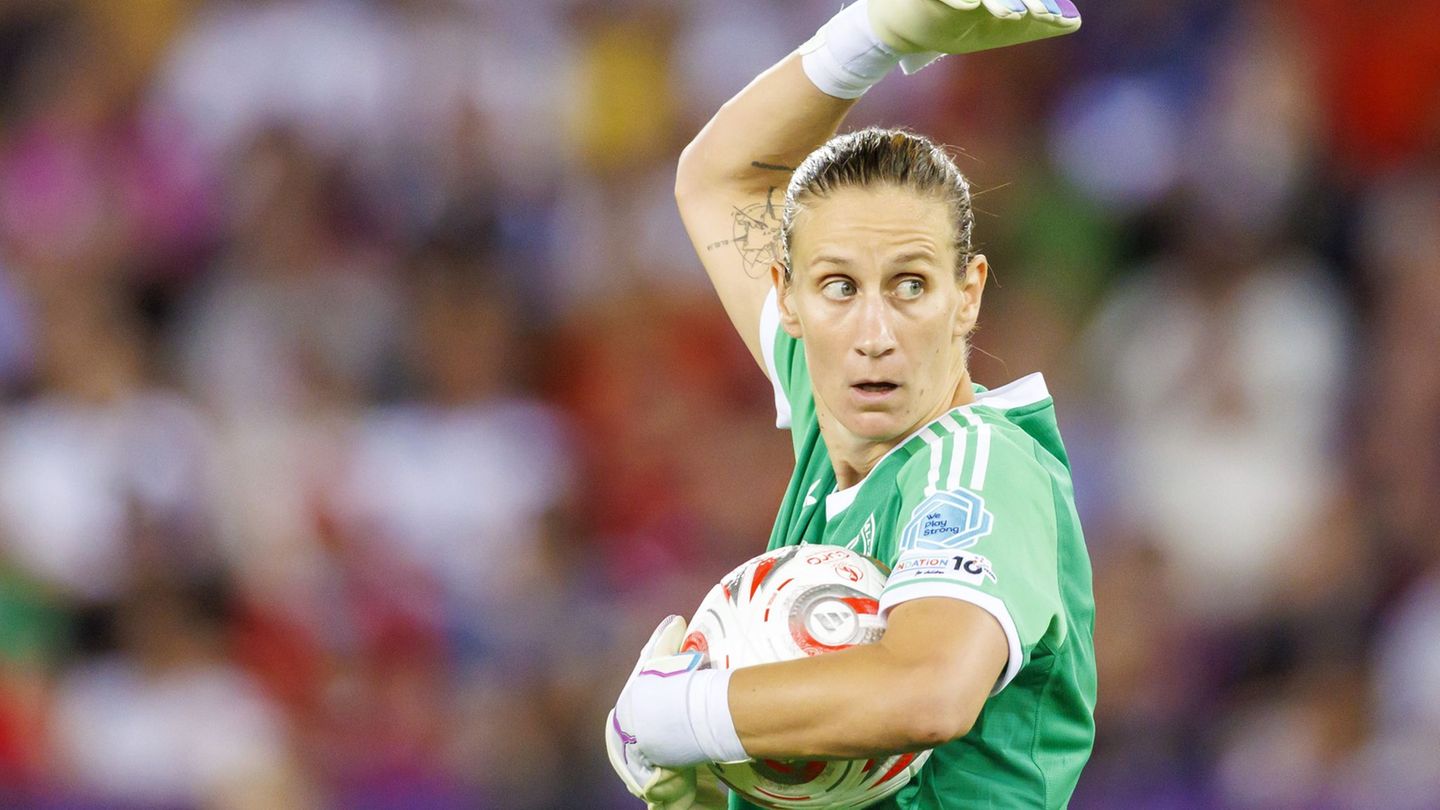On July 24, the Federal Administration of Public Revenues (AFIP) increased the tax burden applied to the purchase of foreign exchange for hoarding purposes by individuals, the famous dollar savings. In addition, the measure was later combined with the devaluation of the wholesale exchange rate which was applied on August 14. Both elements changed the conditions for savers seeking to acquire us currency in it official market.
Let us remember that, through General Resolution 5393/2023, the AFIP increased to 45% (from the previous 35%) the percentage of Income Tax Advance that charges for the purchase of dollar savings. Thus, the price was equated with that of the card or tourist dollar, with which, this exchange rate ceased to be the cheapest and began to share the place with which it is applied to expenses abroad of less than u$s300.
As stated, this was combined, since August 14, with the government’s decision to devalue the peso by 22%. At that time, the dollar savings went from being worth $525 the weekend before at PASSED to list $640 the Monday after the primaries. This was a consequence of the jump in the wholesale exchange rate, which jumped to $350 that day. And, in this way, the also called “solidarity dollar” and the Card they were a little less than $20 of what was, at the time, the most expensive exchange rate: the qatartoday at $660.65.
This happened because, on the other hand, the Federal Administration of Public Revenues (AFIP) arranged a 25% reduction to 5% in the Perception of Personal Property that is applied for consumption abroad with debit and credit cards higher than the $300 monthly per person. So the call qatar dollar It stopped being the most expensive exchange rate on the market and came closer to the card and savings rate.
Since August 14, the savings dollar has maintained its price around $642, since its price is set on the basis of the retail value and it is added 30% corresponding to the PAIS tax and other 45% on account of Earnings and Personal Assets. So by having a almost official dollar fixed until October, the calculation does not vary much either.
Dollar savings: how is the quota after the relief measures
For now, there has been no change regarding the monthly shopping quota authorized by the Government to those who can acquire dollar savings still, which is from u$s200. However, the universe of people who have access to this market is becoming increasingly smaller. In fact, from this week there are new people who joined the list of those who cannot buy it.
And it is that, last Sunday, the Minister of Economy, Sergio Massalaunched the long-awaited measures of relief for workers, which include a one-time bonus of $60,000. With the passing of the days, the average decanted and it became known that those who receive this “relief” they will not be able to access the quota of dollars for hoarding.
As well explained by the economist Natalia Motyl in statements to Ambitthe new restrictions affect “private sector employees“who receive the non-remunerative fixed sum of $60,000 and they are about 5.5 million of workers, and those of the public sector that they also receive that fixed sum raised in two installments. “Not all those who enter the credit either, including the monotributistas“Motyl warns.
What the director of NM Consoltura is that the government will restrict access to the dollar savings to all public and private workers who access the bonus of $60,000 to be paid in two installments with a salary cap of $400,000.
The advance was given by the Minister of Labor, Kelly Olmos. “Indeed, we do not want this to go to the gap, we want it to go to consumption. The one who collects the bonus is left out of the exchange market“, he said. Then, the president of the National Securities Commission, Sebastián Negri, came out to clarify that this prohibition applies only to the savings dollar and not to the MEP.
Dollar savings: official data
With these measures, the Government seeks to continue controlling access to the official market by savers, which is on the rise. According to official data, the “human persons” bought tickets in July for US$174 millionthis was 8% more than in June, but 33% less year-on-yearand made sales for $3 million. This means that 823 thousand individuals bought tickets (approximately $145 per person), while some fifteen thousand sold.
Asó emerges from the report Evolution of the Exchange Market and Exchange Balance of the Central Bank (BCRA) in July, in which the Government’s measures have not yet had an impact on the volume of savers who seek access to green ticket for hoarding. However, it is expected to have had an effect on August.
In that context, Joel Lupieri from the consultant epicamaintains in statements to Ambit which, when equated the dollar savings with the dollar card“possibly” the purchase and arbitrage are discouraged, which would end up making it indistinct buy dollars or spend cashthis, “in case there are foreign currency expenses”.
As mentioned earlier, to the dollar savings through homebanking they access more 800,000 peopleaccording to official data, so it is worth taking into account:
Who can’t buy dollar savings?
- Beneficiaries of ANSES credits that have not canceled the debt.
- Beneficiaries of energy and water subsidies.
- Beneficiaries of social plans or ANSES programs such as the Universal Child Allowance.
- People without declared or consistent income, so it includes both people who do not have a job or work informally/in the black.
- Co-owners of bank accounts.
- Those who refinanced any credit card balance in the last 12 months.
- Monotributistas who requested loans at rate 0.
- People who accessed the “MEP” exchange rate.
- UVA credit holders who benefited from the rate freeze during the pandemic.
- The owners of small and medium-sized businesses that have accessed loans at preferential rates.
- People who benefited from the “income booster”
- People who have operated Argentine Certificates of Deposits, better known as cedears, cryptocurrencies or negotiable obligations in the last 90 days. In the event of accessing the savings dollar, access to said assets is prevented for 90 days after the last purchase of the savings dollar.
- People included in the pension moratorium.
- People who collect the $60,000 bonus in the months of September and October.
Dollar savings: how do I know if I am authorized to buy?
The status of that account can be verified through the ANSES Negative Certificationproof that is valid for 30 days and can be consulted at the following link: https://www.anses.gob.ar/consulta/certificacion-negativa
Source: Ambito
I am a 24-year-old writer and journalist who has been working in the news industry for the past two years. I write primarily about market news, so if you’re looking for insights into what’s going on in the stock market or economic indicators, you’ve come to the right place. I also dabble in writing articles on lifestyle trends and pop culture news.




